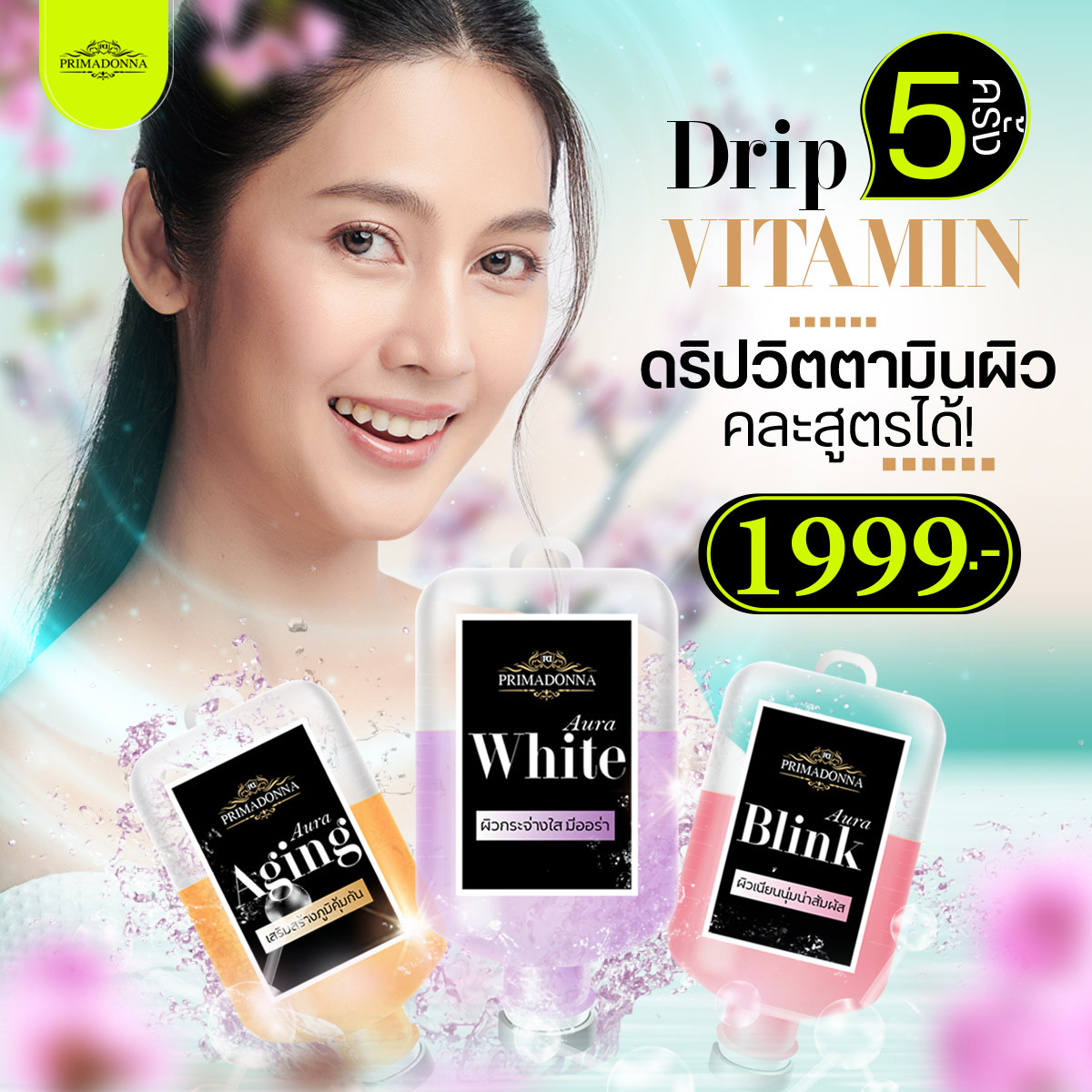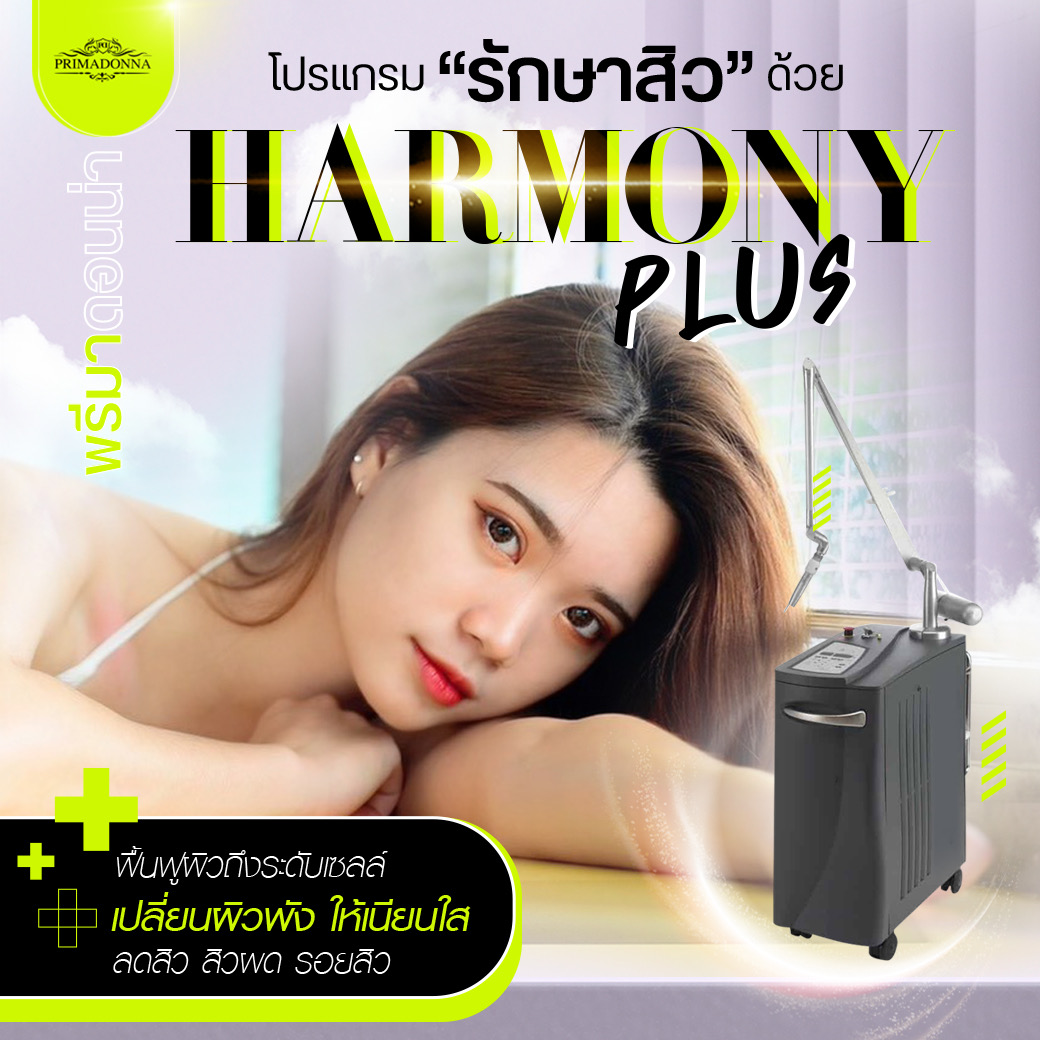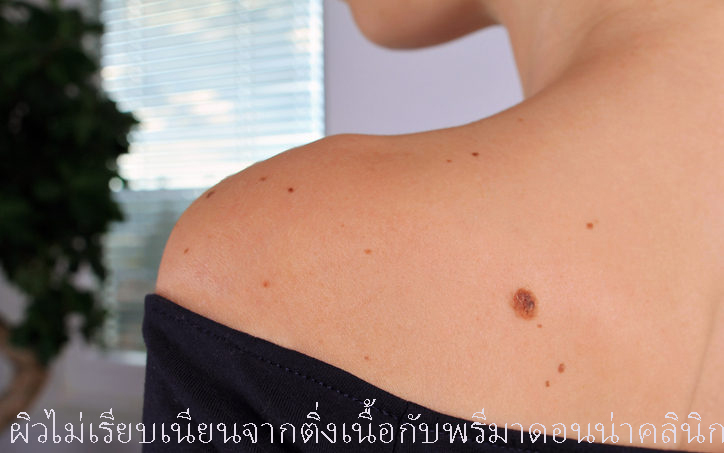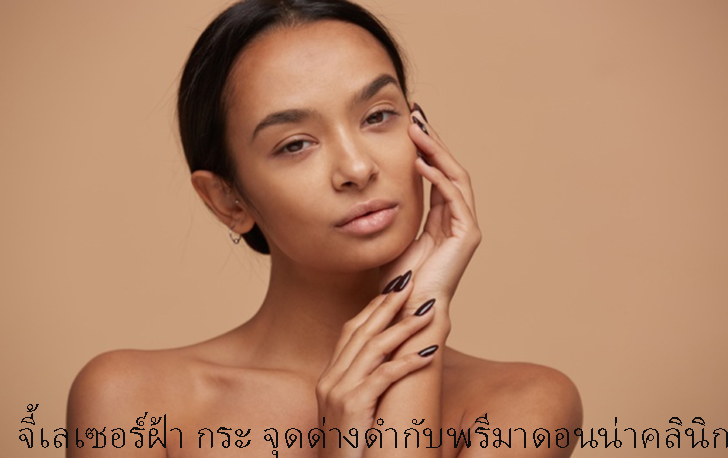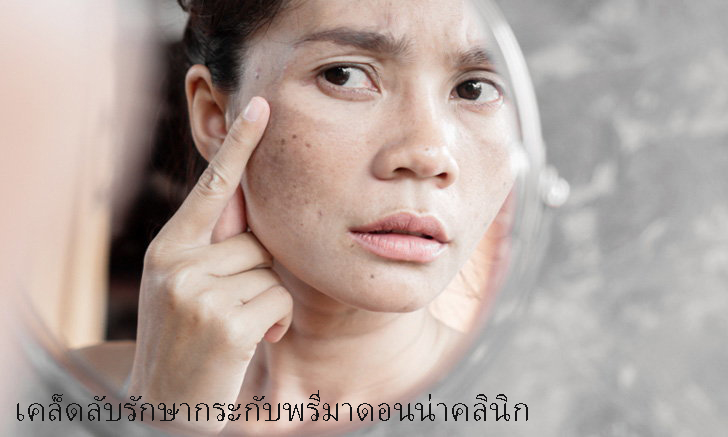
Freckles in Chiangmai
Freckles in Chiangmai
Freckles, or ephelides, are caused by an increase in the amount of a dark pigment in the skin called melanin. It helps to protect your skin by reflecting or absorbing the sun’s harmful ultraviolet (UV) rays. Freckles are triggered by exposure to sunlight. The sun’s UV radiation causes the skin’s melanin-producing cells, melanocytes, to produce more of the pigment, which is why they may become darker and more apparent after sun exposure and lighten in the winter months. Interestingly, sun avoidance and sun protection, including the regular use of sunscreen, can help to prevent or suppress the appearance of freckles.
Most freckles are uniform in color and appear as small flat spots (1 mm to 2 mm in diameter), which may be reddish, yellow, tan, light brown, brown, or black. While they usually appear on the face, freckles can also be found on any sun-exposed area of the skin, such as the hands, neck, back, arms, and shoulders. They may appear on individuals as young as 1 or 2 years old. Freckles are most often found on people with fair skin/light complexions, and in some families, they are an inherited genetic trait.
True freckles pose no health risk at all. They are not cancerous, and generally do not become cancerous. In other words, freckles are natural and not harmful. Despite this, many individuals, both men and women, want to get rid of freckles.
What Are Some Treatment Options for Removing Freckles?
There are various freckle removal options, including:
1. Bleaching creams: Hydroquinone, a depigmenting agent, is the most commonly found and active ingredient in these creams and can be purchased with or without a prescription. Higher concentrations of hydroquinone (> 2%) typically require a prescription. These products are most effective in freckles treatment if they are applied consistently over a period of 3 to 6 months.
2. Retinol: Sometimes used in combination with bleaching creams, retinol (vitamin A) may also help lighten freckles when applied consistently over a period of several months. A few caveats, however, is that retinol makes your skin super sensitive to the sun, and it should be avoided if you are expecting/pregnant.
3. Cryotherapy: A quick freeze with liquid nitrogen in the physician’s office can be used for freckle removal. Beware, not all freckles respond to this form of therapy, and it may lead to hypopigmentation, or white spots (sometimes temporary, sometimes permanent), in treatment areas.
4. Chemical peels: Most chemical peels contain alpha or beta hydroxy acids, which can aid in freckle removal. Beta hydroxy acids are weaker but penetrate deeper into the skin, giving more durable results.
5. Photofacials: Typically administered with Intense Pulsed Light (IPL™), photofacial treatments are another method to lighten and remove freckles. This is not a true laser technique and should not be confused with laser freckle removal.
6. Laser treatments: There are multiple types of laser freckle removal, including Fraxel®, PiQo4®, and PicoWay®.
7. Natural remedies: There are a host of natural remedies that may help lighten freckles, none of which are scientifically proven.
